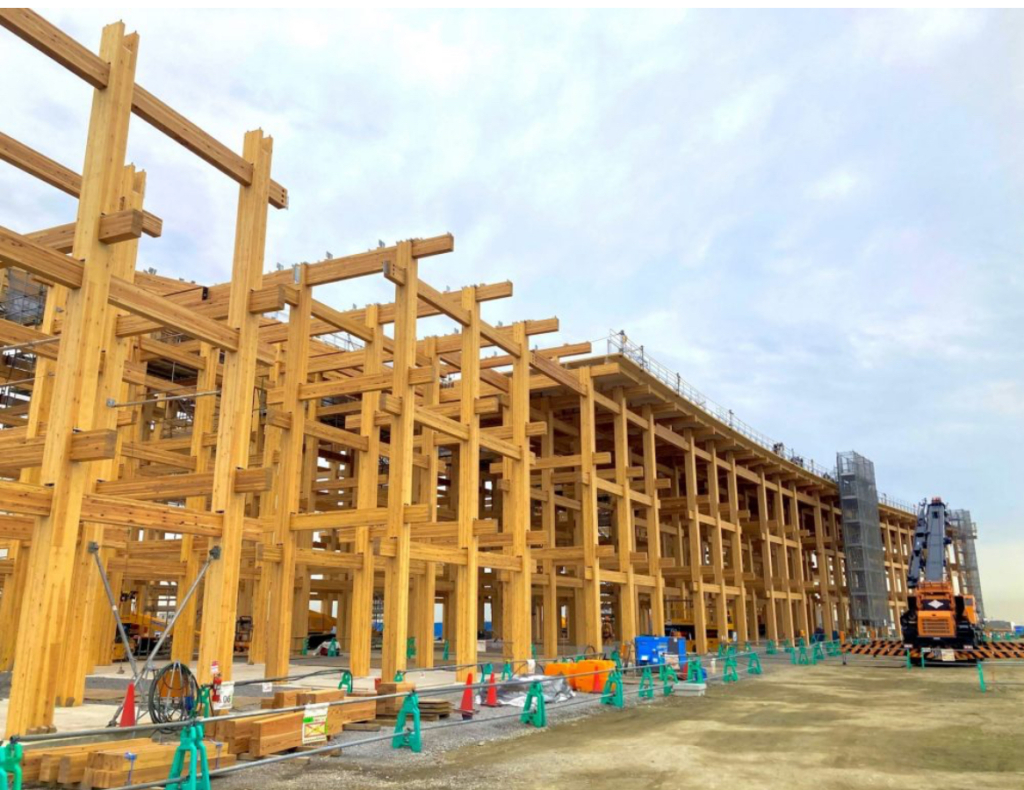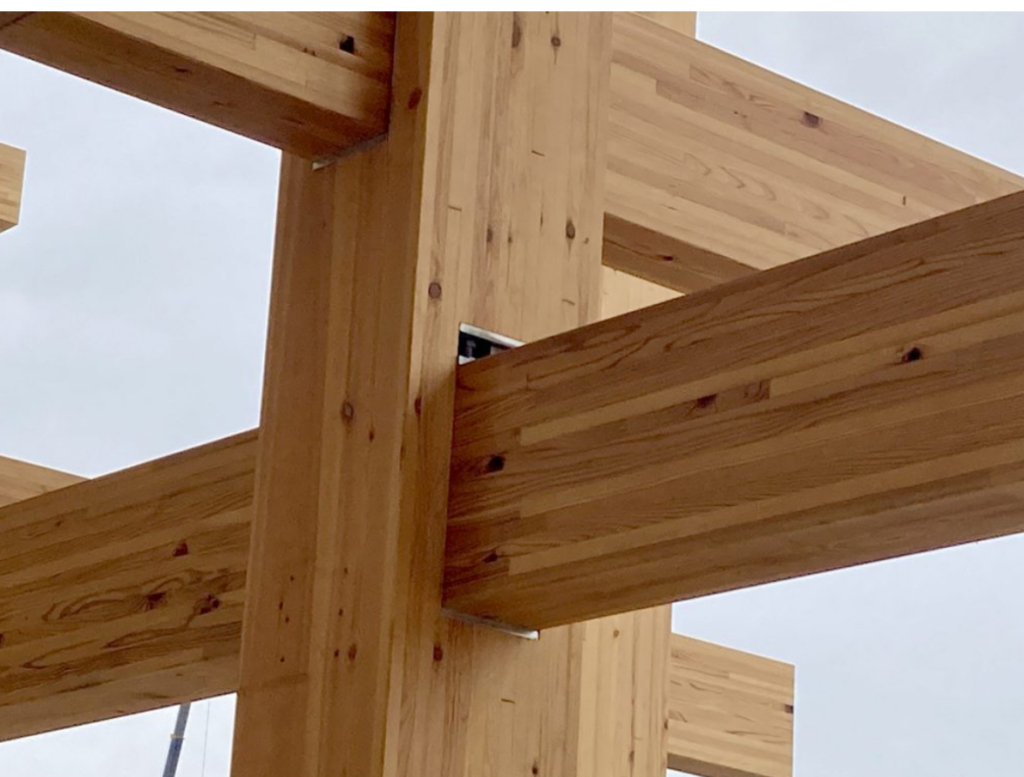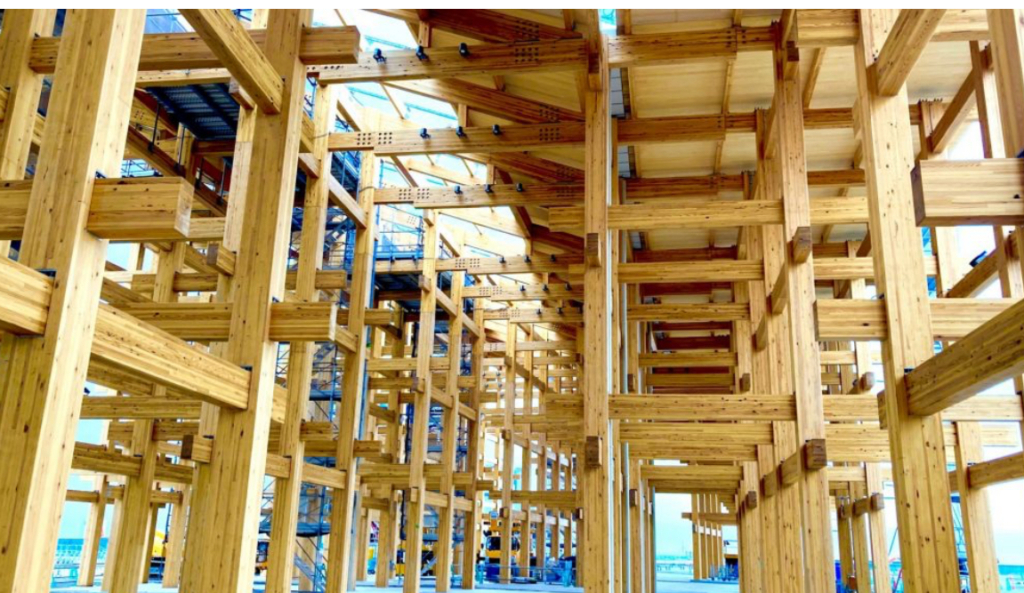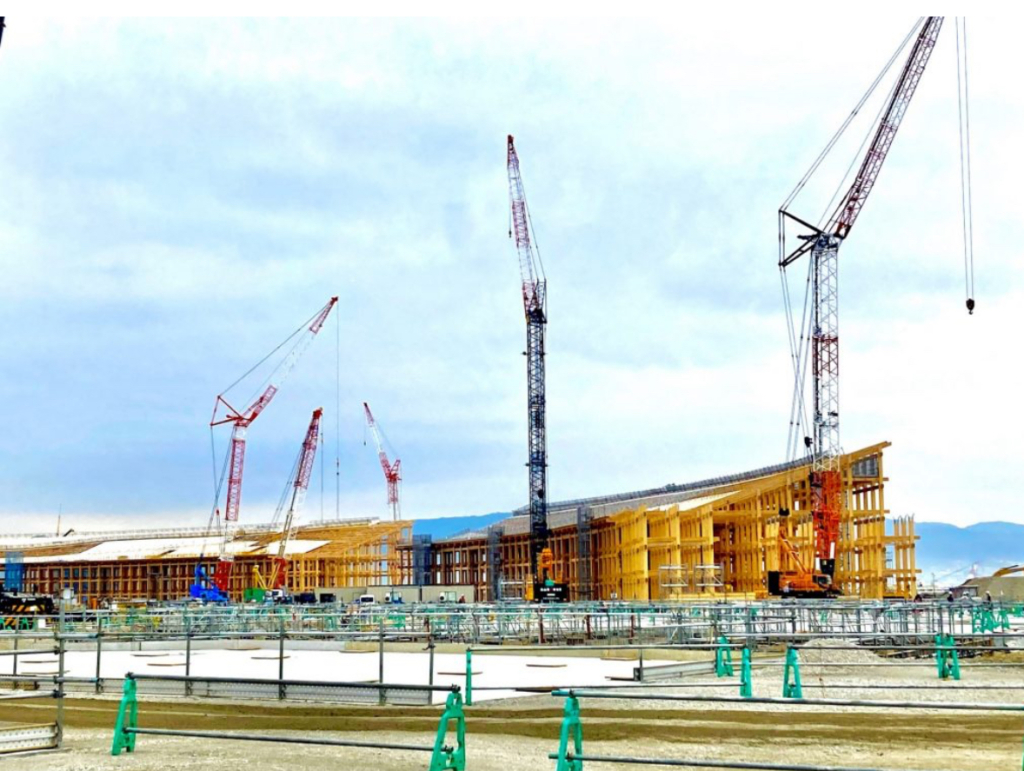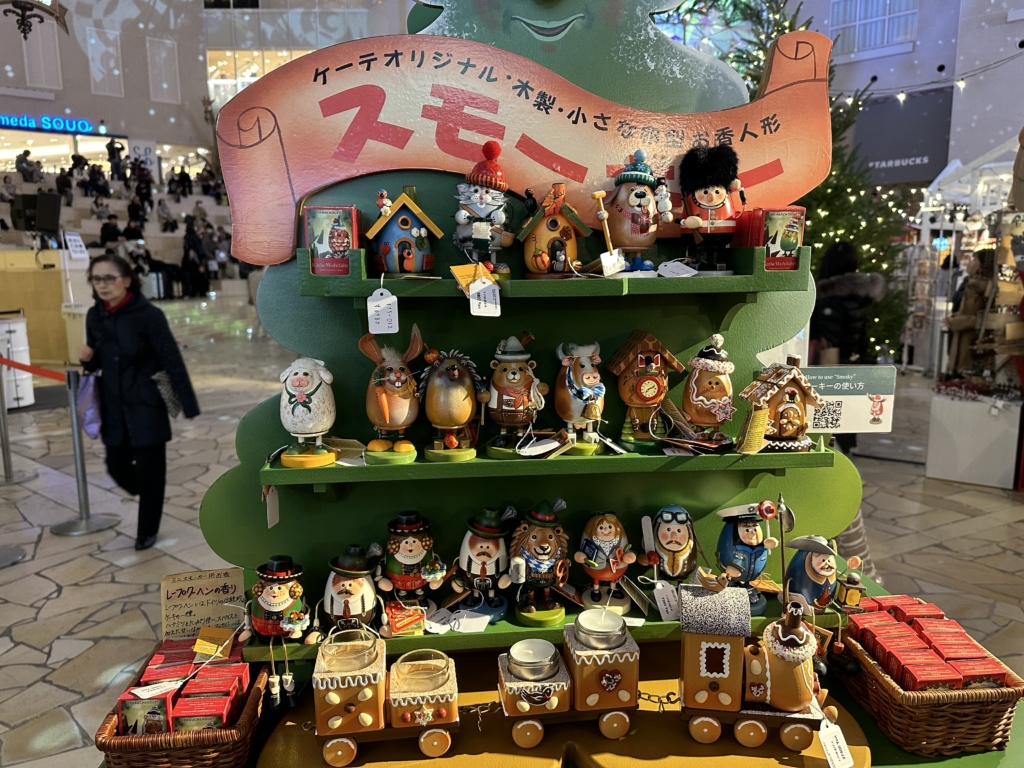https://www3.nhk.or.jp/nhkworld/en/news/20240103_02/
I am deeply saddened by the news of the Japan Coast Guard’s accident while transporting emergency supplies for the earthquake victims in Niigata. This adds another layer of tragedy to the disaster Japan is currently facing.
I believe the full extent of the damage, particularly the number of casualties from the Niigata earthquake, is yet to be comprehensively understood by the Japanese government and media. From my experience and memory of the Great Hanshin Earthquake in 1995 and the Great East Japan Earthquake in 2011, it took a significant amount of time to grasp the complete scope of the disaster.
At this moment, gathering accurate information about this disaster is of utmost importance.
I extend my heartfelt condolences to all those affected by this calamity and express my deep sympathy to everyone mourning during this difficult time. I hope that we all come together, united and supportive, in this challenging period.
#SolidarityInCrisis #DisasterRecovery #JapanNews #CommunitySupport #SafetyFirst
#NiigataEarthquake #JapanDisasterResponse #EmergencySupport
#DisasterPreparedness #earthquake #seismology #internationalcooperation

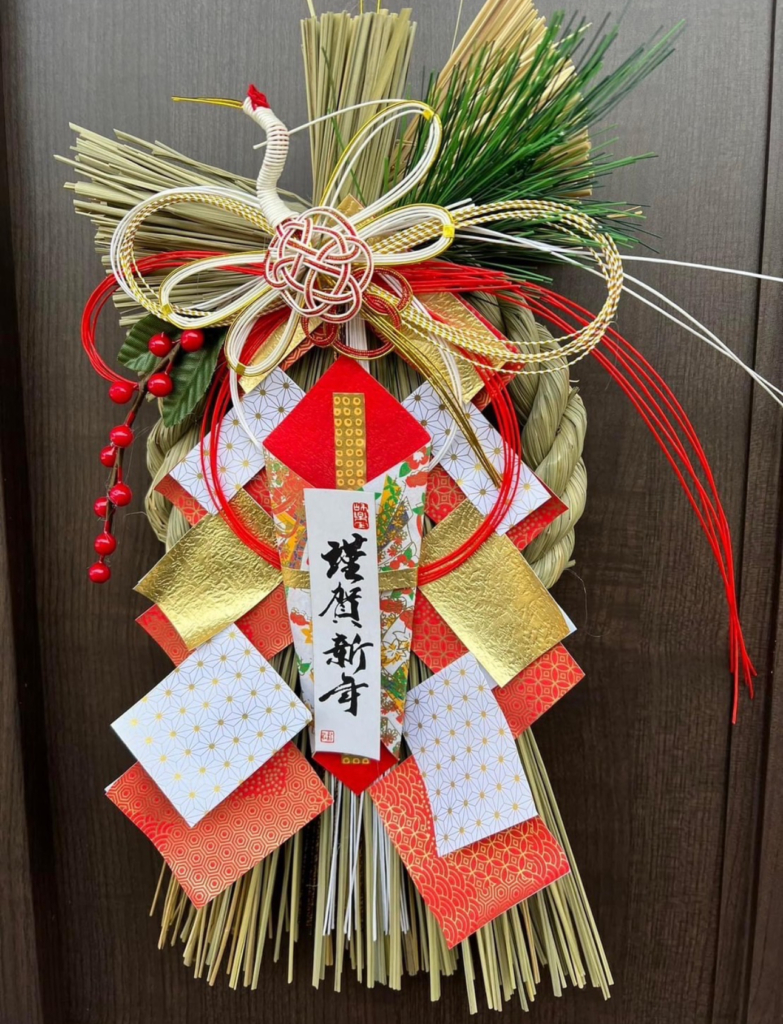
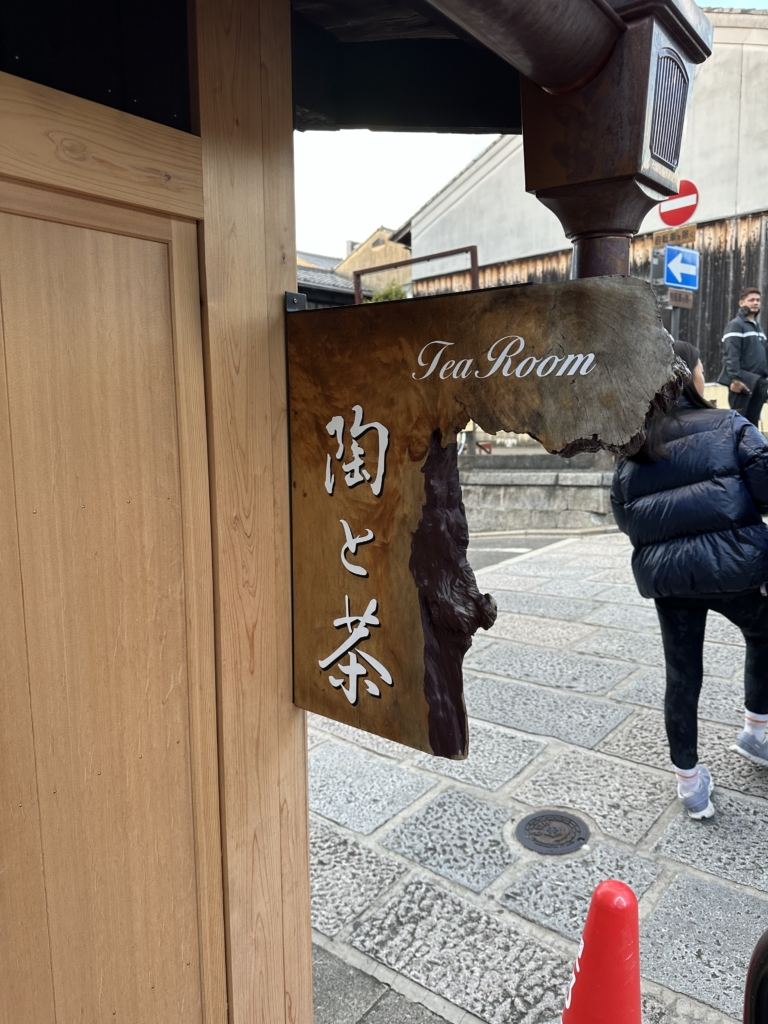
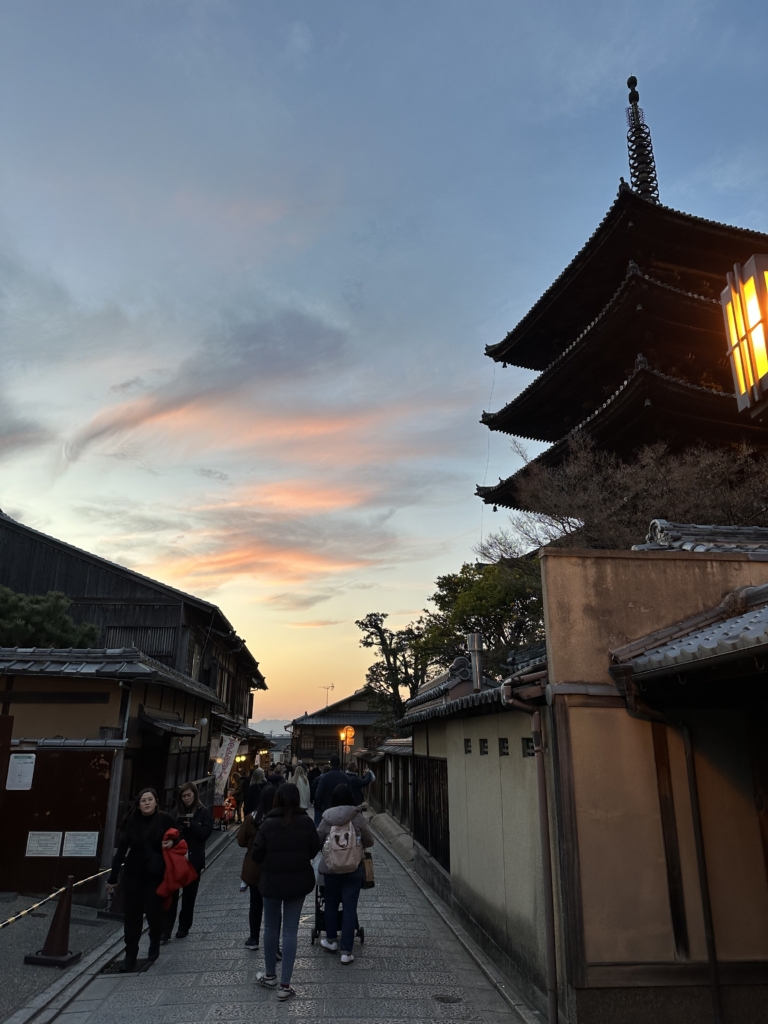
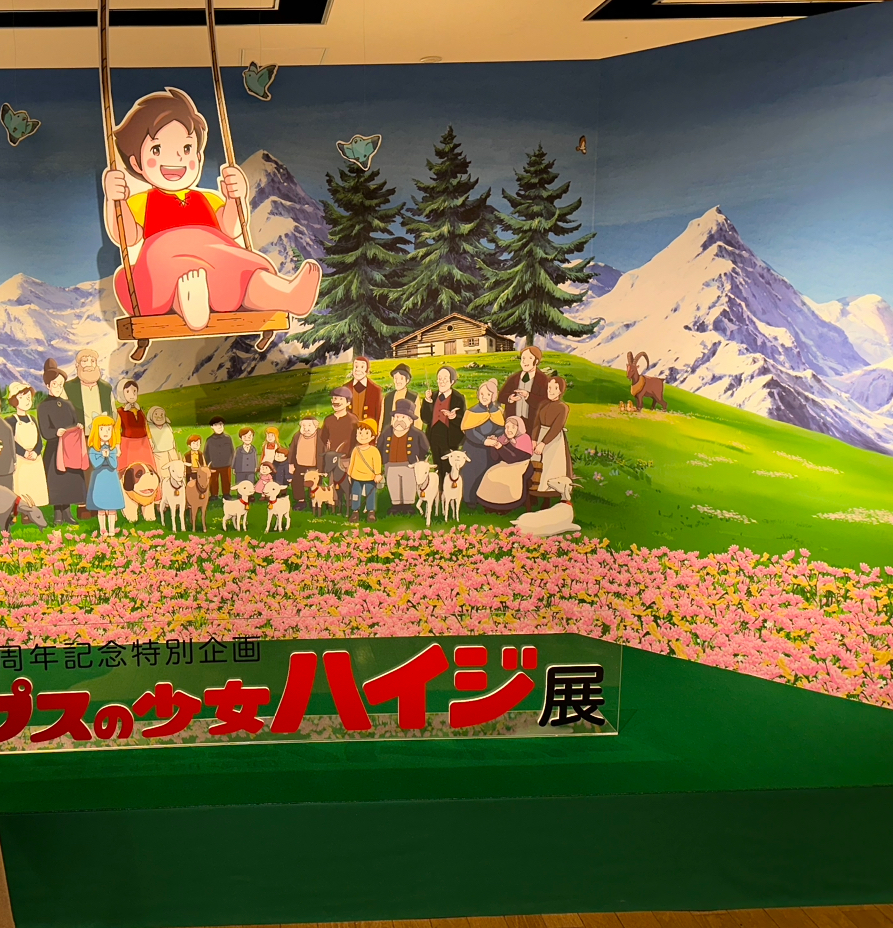
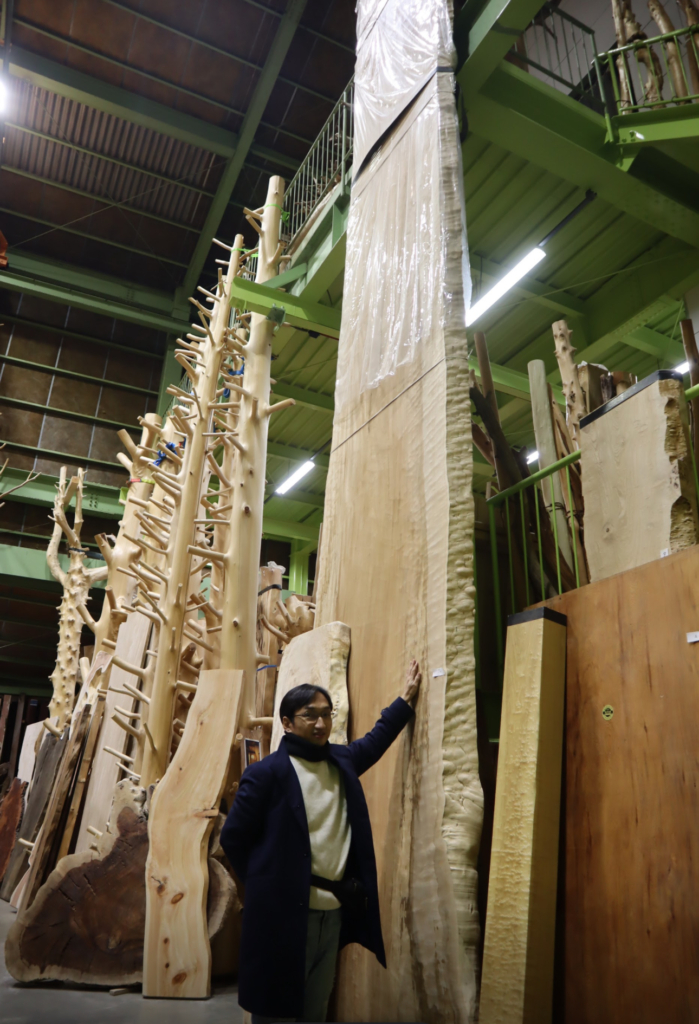

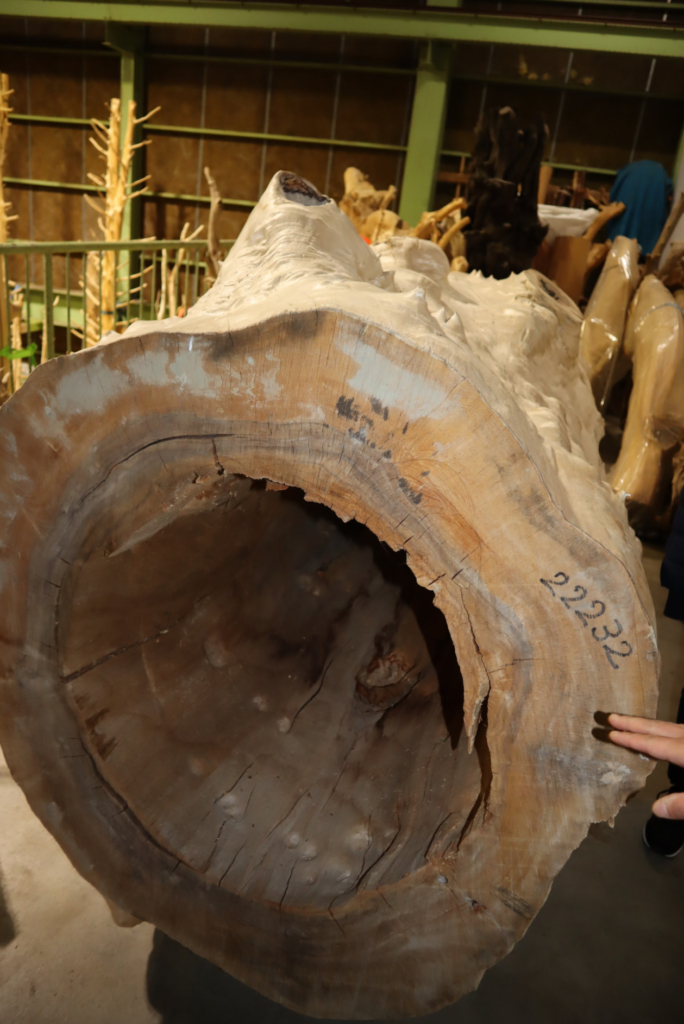
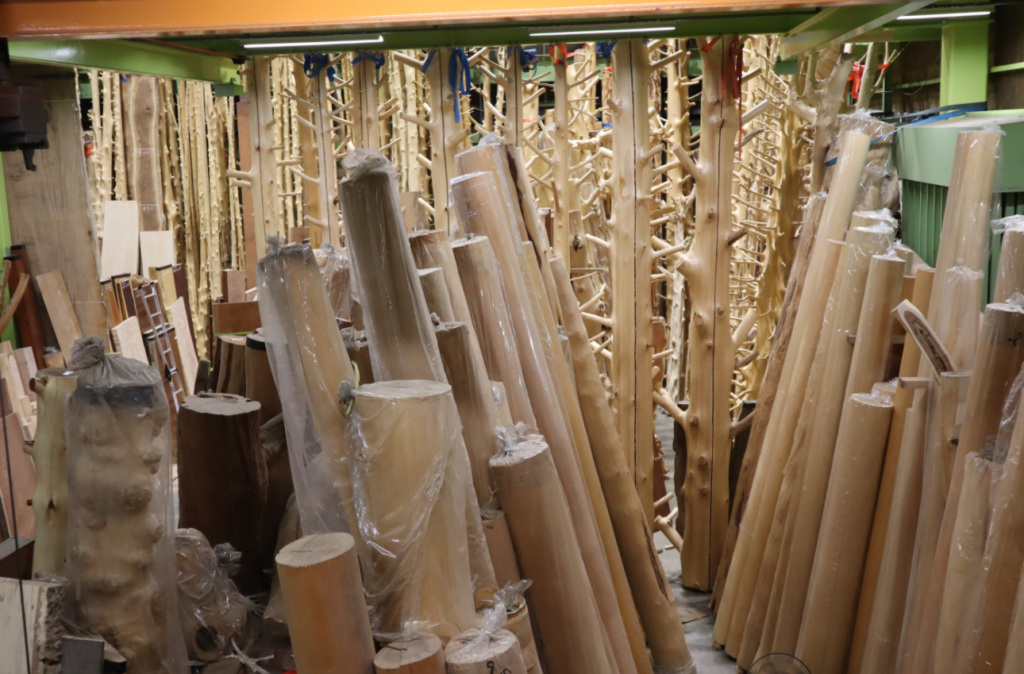
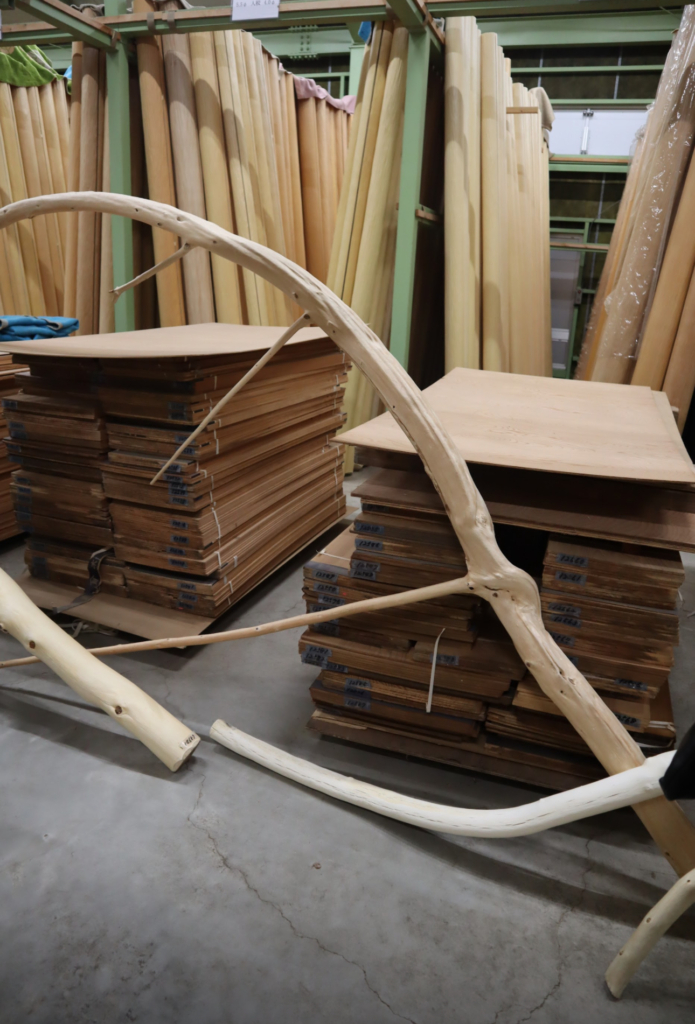
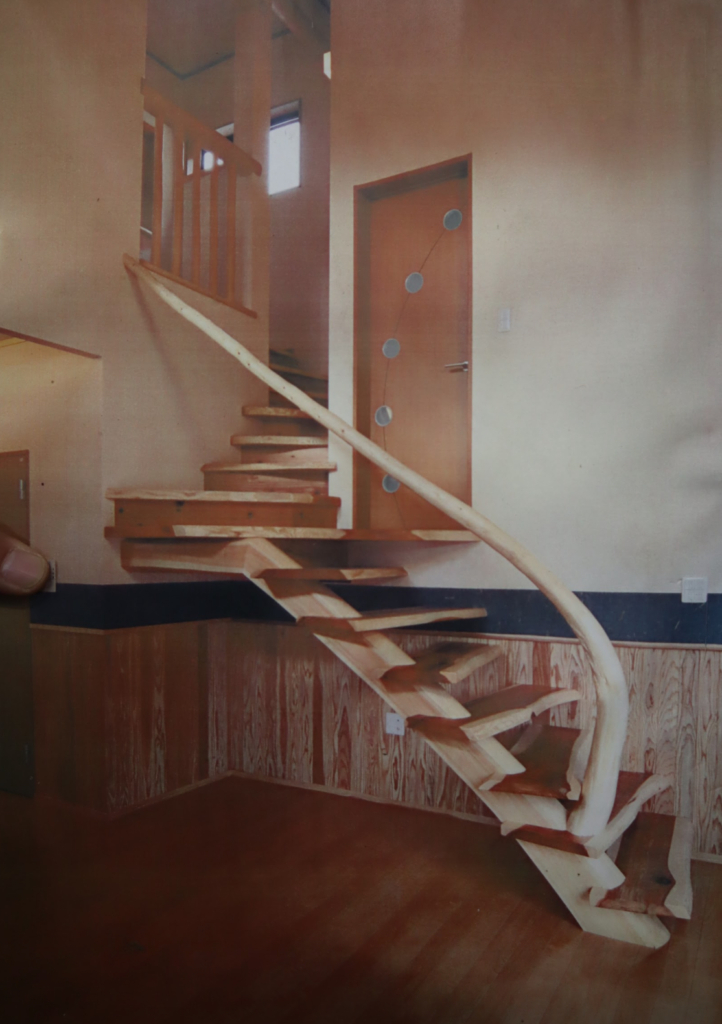
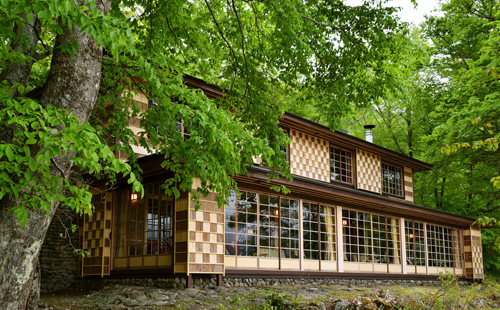
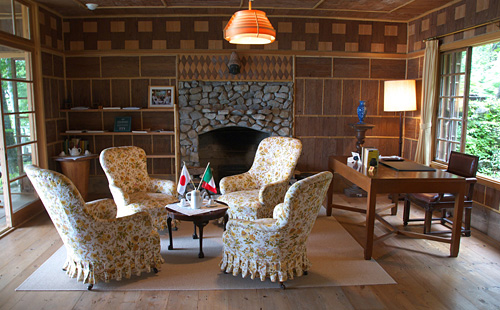
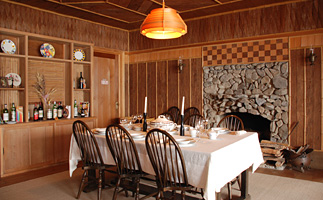 #JapaneseForests #WoodworkCraftsmanship #EcoFriendlyLiving #ExpatLifeInJapan #HeritageConservation #InteriorDesign #WoodenWonder #LivingWithNature #OsakaLiving #GreenFuture #GlobalTreasures
#JapaneseForests #WoodworkCraftsmanship #EcoFriendlyLiving #ExpatLifeInJapan #HeritageConservation #InteriorDesign #WoodenWonder #LivingWithNature #OsakaLiving #GreenFuture #GlobalTreasures